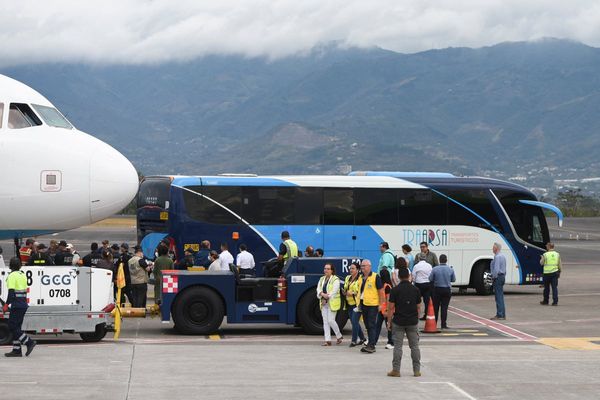
The United Nations humanitarian chief has reported that famine has been mostly averted in Gaza as a significant amount of aid flows into the territory during a delicate ceasefire. The ceasefire, which began on Jan. 19, has seen hundreds of trucks carrying humanitarian assistance entering Gaza daily.
Since the ceasefire took effect, more than 12,600 aid trucks have been able to reach Gaza, a substantial increase facilitated by Israel's commitment to allowing 600 aid trucks into the territory each day. This influx of aid has helped alleviate the threat of famine that loomed large over Gaza before the ceasefire.
While the situation has improved, concerns remain about the sustainability of the ceasefire and the need for continued aid delivery. The ceasefire, currently in its first phase, is halfway through, with talks expected to commence on its more challenging second phase.





The U.N. humanitarian office emphasized the importance of both Hamas and Israel honoring the ceasefire agreement to prevent a resurgence of famine-like conditions. The internationally recognized mortality threshold for famine is two or more deaths per day per 10,000 people.
Prior to the ceasefire, Gaza had been facing severe food insecurity, particularly in the north, which had been isolated for months. The return of hundreds of thousands of Palestinians to the north under the ceasefire has been a positive development, but the need for sustained aid remains critical.
More food, medical supplies, and basic health supplies are urgently required for Gaza's population of over 2 million, many of whom are displaced. Concerns about disease outbreaks due to the lack of essential health supplies have been raised, along with the need to provide shelters, especially as winter persists.
The humanitarian situation in Gaza was described as dire, with widespread destruction evident in many areas. The devastation has left people searching for their homes amidst the rubble, with some even retrieving the bodies of their loved ones. The urgent need for tens of thousands of tents to provide shelter to those returning to their homes was emphasized.
Despite the challenges and despair, there is also a sense of resilience among the Palestinian population, with a determination to rebuild and return to their ancestral homes. The international community continues to play a crucial role in providing assistance and support to the people of Gaza during this challenging time.
For more updates on the situation in Gaza, follow AP’s war coverage at AP's Israel-Hamas War Hub.







